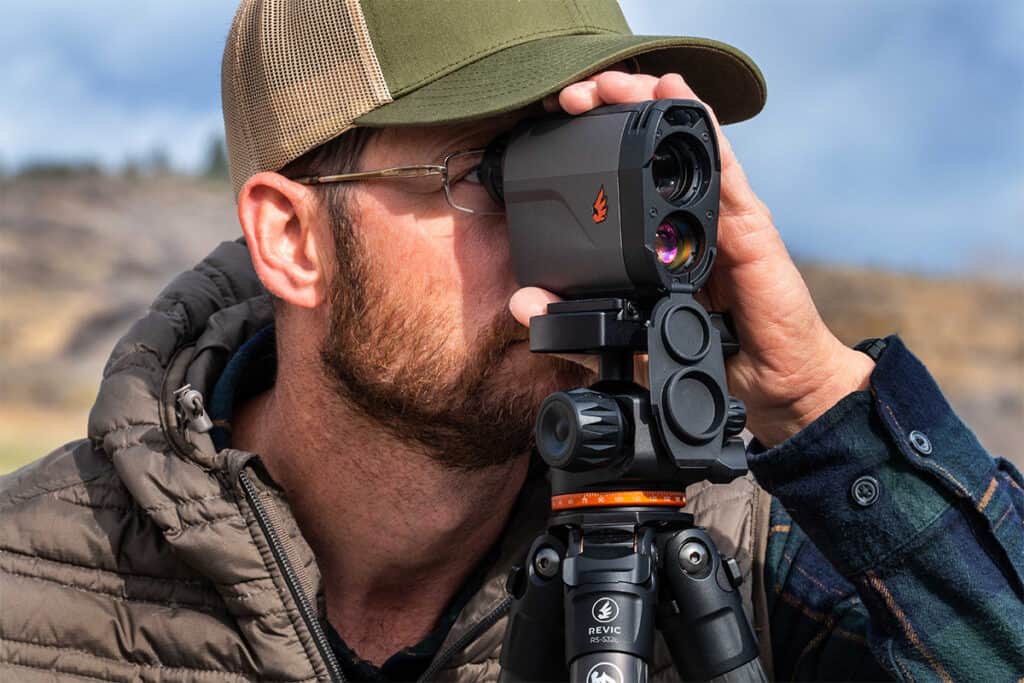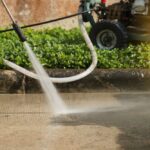Laser rangefinders have become an irreplaceable tool for precision distance measurement. Primarily known for their use in the military for target acquisition, their applications now extend into various sectors including construction, hunting, golfing, and even in scientific research. These devices offer unparalleled accuracy and have revolutionized the way measurements are taken.
The general applications of laser rangefinders are diverse. In construction, they ensure precise distance measurements for material estimates and spatial planning. Outdoor enthusiasts find them indispensable for navigating terrain or gauging shot distances. Meanwhile, law enforcement relies on them for accident scene reconstructions and speed monitoring.
How Laser Rangefinders Work
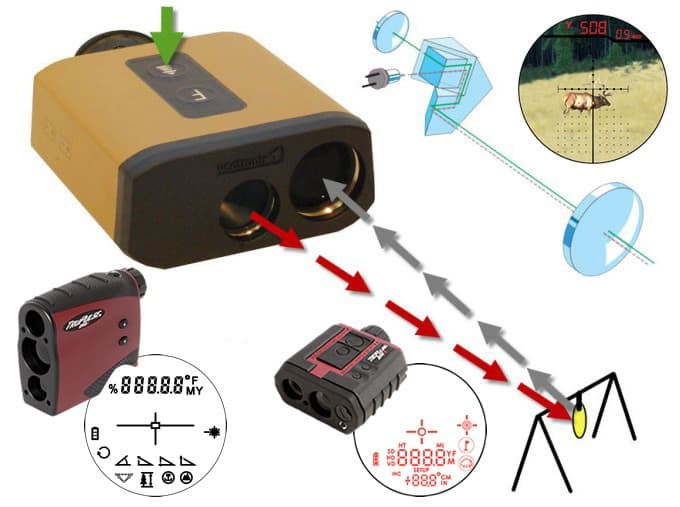
At the heart of a laser rangefinder is the time-of-flight principle. The device emits a laser beam towards an object and calculates the time it takes for the reflection to return. This time interval is then translated into distance, thanks to the known speed of light. Grasping the basics of this technology is essential for proper usage and maintenance of the device.
For those interested in understanding similar technological applications, it’s beneficial to explore how stud finders work, which also use principles of wave transmission and receiving to function. For a comprehensive understanding of this technology, visit our guide on stud finder technology.
Key Takeaways: Understanding Laser Rangefinders
| Aspect | Key Points | Additional Information |
|---|---|---|
| Purpose and Usage | Laser rangefinders are essential for precision distance measurement in various sectors like construction and sports. | |
| Operational Principle | Uses the time-of-flight method by emitting a laser and measuring the time for its reflection to return. | Stud finder technology shares similar concepts. |
| Selecting a Rangefinder | Key features to look for include accuracy, portability, durability, and battery life. | Bosch GLM100 review for a model meeting these criteria. |
| Maintenance | Regularly clean the lens, replace batteries, and check for proper functioning. | Keep handy a Phillips screwdriver, flat screwdriver, or Torx screwdriver. |
| Applications | Used in construction, sports, outdoor planning, scientific research, and law enforcement. | For yard care, find the right tools like the perfect leaf blower. |
| Safety Measures | Wear PPE such as eye protection, proper gloves, and boots. | For cold environments, view best thin gloves and for construction, explore work boots for men. |
| Troubleshooting | Address inaccuracies and battery issues; use voltage testers for electrical components. | Learn to employ a voltage tester pen effectively. |
| Accessories | Protect and enhance your device with cases, mounts, tripods, and more. | For cases, consider options like the best tool box. |
| Comparison with Other Tools | Laser rangefinders offer precision, but traditional tools might be preferable in certain contexts. | Compare with other tools by checking out best screwdriver sets and top reciprocating saws. |
| Conclusion | Rangefinders excel in precision, speed, and ease of use; proper selection and maintenance are key. |
Key Features to Consider When Buying a Laser Rangefinder
When choosing a laser rangefinder, consider the following features:
- Accuracy and range: Determines the effectiveness of the device for your specific needs
- Size and portability: Smaller devices are preferable for fieldwork
- Durability and battery life: Ensures the device can withstand the intended environment
For an in-depth review of a particular model that ticks these boxes, check out our review of the Bosch GLM100 23 100ft laser distance measurer.
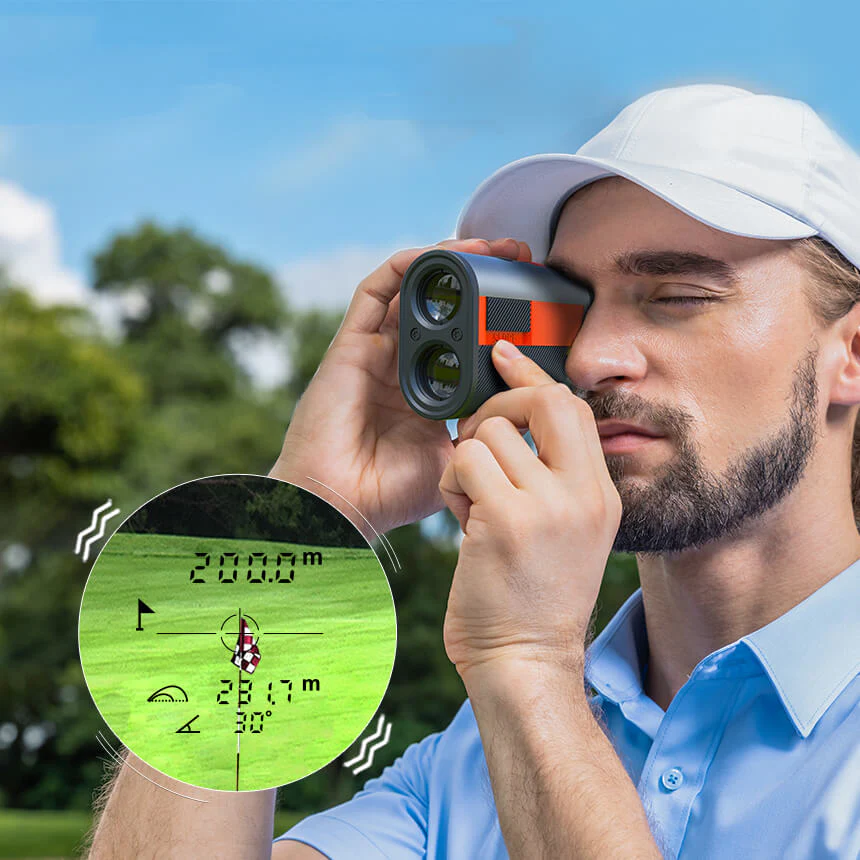
Maintaining Your Laser Rangefinder
Maintaining a laser rangefinder is not complex but it is critical for ensuring the longevity and reliability of the device. Regular maintenance includes:
- Cleaning the lens and body: Ensuring clear measurements without obstruction
- Replacing the batteries: Understanding battery life is key to uninterrupted use
The proper tools for maintenance are fundamental, such as an appropriate Phillips screwdriver, flat screwdriver, or a Torx screwdriver. If you are looking to test the electronic components of your rangefinder, consider acquiring the best voltage tester for accurate readings.
Applications of Laser Rangefinders
Laser rangefinders have a varied range of applications including:
- Construction and renovation: Where precise measurements are critical
- Landscaping and outdoor planning: Helps in design and layout decisions
If you’re involved in outdoor planning or yard maintenance, finding the right tools is equally important. Learn how to select the perfect leaf blower for tidying your outdoor space by visiting choosing the perfect leaf blower.
For sports enthusiasts, rangefinders add an extra layer of strategy to golf and hunting, while in scientific research, they provide the accuracy needed for data collection. Law enforcement relies on them for activities ranging from forensic investigations to traffic management.
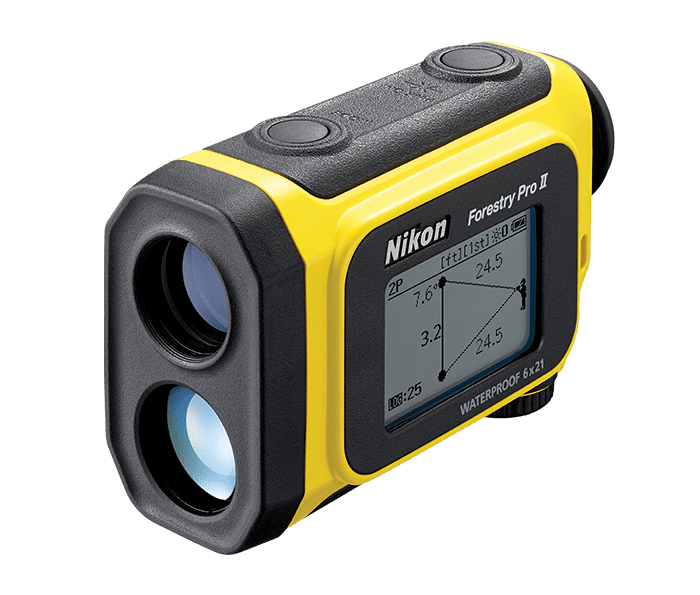
Safety Precautions when Using a Laser Rangefinder
When using any laser device, safety is paramount. Users should wear proper personal protective equipment (PPE) including:
- Eye protection: Laser beams, though not always visible, can cause eye damage
- Hand protection: Ensuring a proper grip and avoiding contact with the skin, especially in cold environments. For guidance on hand protection, check out best thin gloves for extreme cold
- Foot protection: In construction or outdoor environments, wearing appropriate boots is essential. Explore top selections of work boots for men for safety and comfort.
Troubleshooting Common Problems with Laser Rangefinders
If you encounter issues with your laser rangefinder, consider the following fixes:
- Address accuracy issues: Ensure the lens is clean and the device is calibrated
- Resolve battery problems: Replace batteries or check contacts for corrosion
For electrical troubleshooting, understanding how to employ a voltage tester pen could prove invaluable. When your rangefinder is unresponsive, before seeking professional help, ensure that you conduct all basic checks such as battery replacement and confirming the settings.
Accessories and Enhancements for Laser Rangefinders
To maximize the functionality of your rangefinder, consider the following accessories:
- Case or pouch: Protects your device from the elements (best tool box for storage solutions)
- Mounts and tripods: Stabilize the device for long-distance readings
Additional enhancements might also add to the user experience, such as custom straps, connectivity options for data logging, or enhanced lenses for different environmental conditions.
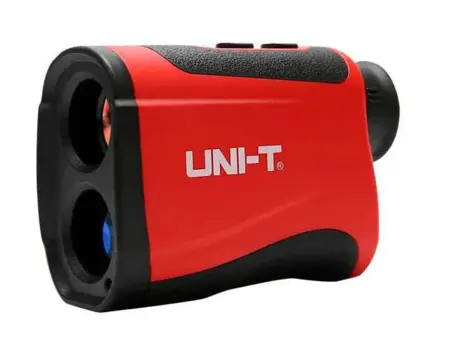
Comparison of Laser Rangefinders with Other Measurement Tools
To determine whether a laser rangefinder is the best option for your needs, we must compare it with other measurement tools. Here’s a brief comparison:
- Laser rangefinders: Offer high precision and ease of use
- Traditional tools: May be more appropriate in situations where technology is not feasible or accessible
For more detailed comparisons, check out our wide selection of measurement tool reviews, such as best screwdriver sets, top reciprocating saws, and other hand and power tool categories at hand tools and power tools.
Conclusion: The Advantages of Laser Rangefinder Precision
Laser rangefinders provide a level of precision that is nearly unmatched by traditional measurement tools. The key benefits include accuracy, speed, and ease of use. When selecting the right model, consider your specific applications and working conditions. With proper care, such as timely maintenance and the right accessories, your rangefinder can serve you accurately for years to come.
Understanding the workings, capabilities, and care of your device ensures that you get the most out of your investment. Embracing the technology of a laser rangefinder can greatly enhance your efficiency and accuracy in various professional and leisure activities.
Embracing the technology and learning the correct care for a laser rangefinder will significantly assist in achieving accurate and efficient results in professional and leisure endeavors.

